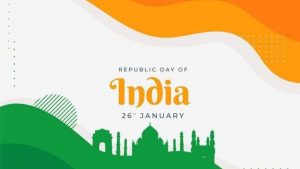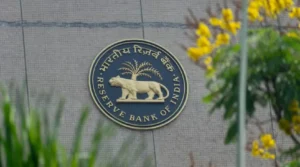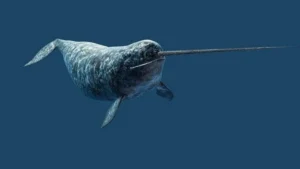
India is celebrating the 73rd Republic Day on 26 January 2022. The celebrations this year are special as India is in the 75th year of Independence – being celebrated as ‘Azadi ka Amrit Mahotsav’. Republic Day marks the date on which the Constitution of India came into effect on 26 January 1950. It replaced the Government of India Act (1935) as the governing document of India.
Buy Prime Test Series for all Banking, SSC, Insurance & other exams
According to the Ministry of Defence, for the first time, an Indian Air Force (IAF) will show grand flypast by 75 aircraft or helicopters. A drone show by 1,000 indigenously developed drones has been planned for the ‘Beating the Retreat’ ceremony, along with projection mapping will be shown for the first time. In another first, 480 dancers will perform during the cultural programme at the parade have been selected through a nationwide Vande Bharatam dance competition.
Republic Day Of India: Importance
- India became independent on 15th of august, 1947. Even after independence, the country did not have a sound constitution.
- The laws, before the enactment of the constitution, were running on the basis of Government of India Act 1935. Having realized the need for a permanent constitution and its own governing body, the government of India appointed a Drafting Committee on 28th of August 1947 to draft it and Dr, B. R. Ambedkar as the Chairman of the Drafting Committee.
- After almost 3 years, the 308 members of the Assembly, after many consultations and a few modifications finally signed a constitution on 24th of January 1950, which came into effect on 26th of January 1950.
- And, that day, is being celebrated as Republic Day in India ever since then. This day defines the importance of having a proper constitution that all the citizens must abide by.




 November 2025 Month Current Affairs PDF
November 2025 Month Current Affairs PDF
 RBI’s ₹1 Trillion OMO Purchase: What It ...
RBI’s ₹1 Trillion OMO Purchase: What It ...
 Which Animal is Known as the Unicorn of ...
Which Animal is Known as the Unicorn of ...







